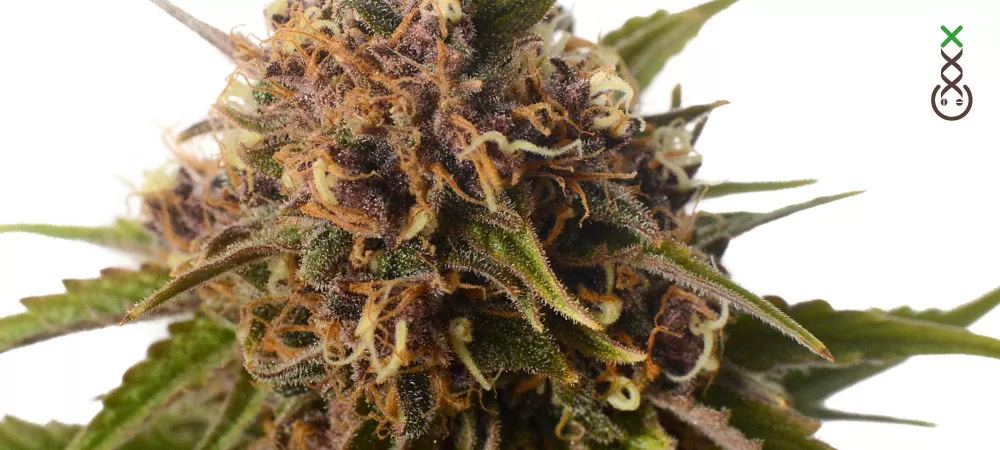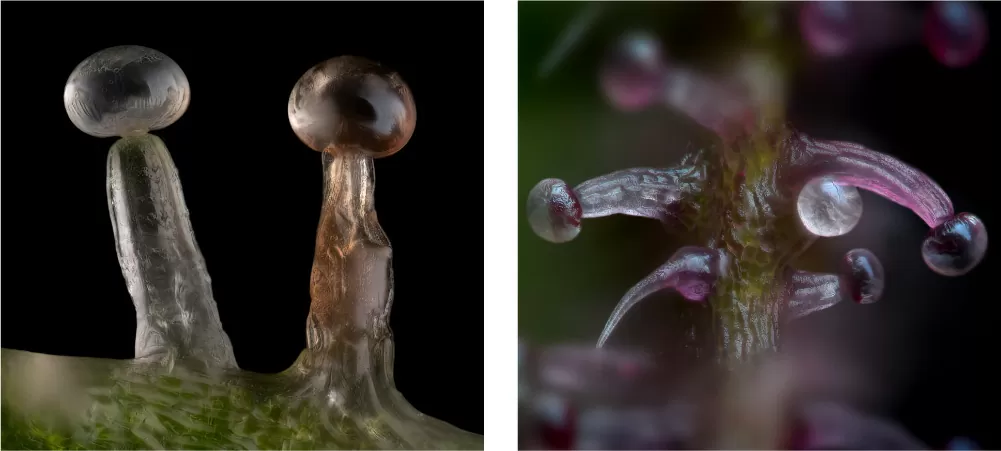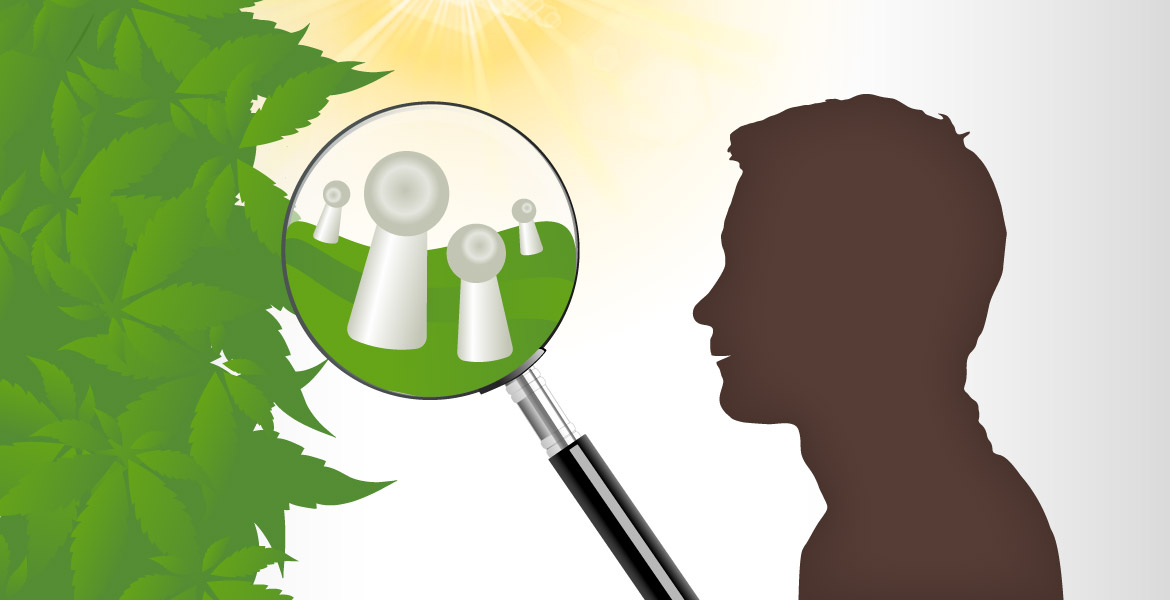Knowing the ideal time to harvest your cannabis crop is crucial for maximizing its quality. Harvesting too early or too late can result in low-quality buds. So, how do you determine when your weed is ready for harvest?
Introduction to Weed Harvesting
When your cannabis plants have started flowering, it’s important to identify the right time to begin the harvest. Timing plays a significant role in determining the quality and potency of your weed.
Before delving into the optimal harvest time, it’s essential to understand the different growth phases that weed plants go through. Starting with germination, which lasts between 24 hours to 7 days, a sprout emerges from the ground.
This is followed by the seedling stage, lasting 2 to 3 weeks, and then the vegetative stage, where the plant develops leaves with distinct fingers. This stage showcases the plant’s rapid growth and lasts roughly 2 to 8 weeks.
Finally, the flowering phase sets in, lasting 6 to 8 weeks, during which the buds form. It is during this phase that you eventually begin the harvest, with the timing being crucial.

Trichomes As an Important Indicator
To determine the ideal harvest time for your cannabis crop, you can closely observe the trichomes – the resin glands in the buds that produce cannabinoids. The appearance of the trichomes indicates the stage of development of your cannabis plants.
To examine the trichomes properly, you’ll need a magnifying glass or a microscope.
Transparent Trichomes
In the initial flowering phase, the resin glands appear transparent. At this stage, it is too early to harvest as the trichomes contain minimal active substances.
Cloudy Trichomes
After some time, you will notice the trichomes turning a milky white color. This indicates a higher THC content, signaling that it’s time for harvest. While not all trichomes need to be cloudy, the majority should be.
Amber-Colored Trichomes
If you leave your weed plants standing for too long, you’ll observe the trichomes turning amber. Unfortunately, this means you’ve missed the ideal harvest time, and the THC in the buds has converted to CBN (cannabinol). This substance does not produce the desired psychoactive effects.
The Color of the Pistils
Another factor to consider is the color of the pistils, which are the hairs on the buds of the weed plant. Initially, the pistils are white and gradually change to red or orange. Here, you need to estimate the percentage of pistils with the right color.
If less than half of the pistils are colored orange-red, it’s too early to harvest. When 60 to 70% of the pistils exhibit the red-orange coloration, it is the ideal moment for harvest.

Pay Attention to the Growth Phase
As mentioned earlier, understanding the growth phases of cannabis plants is essential when determining the ideal time to harvest outdoor weed. However, the timing can vary based on the specific type of weed plants you have.
Indica and indica-dominant plants have a shorter flowering period, typically ready for harvest 8 to 10 weeks after the onset of flowering. For outdoor cultivation, this would be around the end of September or the beginning of October.
On the other hand, sativas take a bit longer. Harvesting usually begins after 10 to 16 weeks, with the outdoor harvest period falling at the end of October or the beginning of November.
In the case of autoflower plants, everything happens more quickly. On average, they are ready for harvest 8 to 11 weeks after germination. Regardless of the timeframes, it is essential to keep a close eye on your plants rather than relying solely on numbers.
Harvesting Too Early or Too Late
You may be wondering what happens if you harvest too early or too late. When you harvest prematurely, the cannabinoids in the trichomes will not be fully developed, resulting in a low THC content. As a result, your weed will lack potency.
On the other hand, harvesting too late is also unfavorable. The THC in the buds will convert to CBN, which produces a sedating, less desirable high. This is vastly different from the powerful and euphoric effects provided by THC.
This highlights the importance of carefully determining the harvest time by regularly inspecting the trichomes and pistils of your plants.

Drying and Curing After Harvest
After harvesting your cannabis plants, it’s crucial to store your buds correctly. Initially, the buds retain a significant amount of moisture, which needs to be eliminated. Moist buds have less flavor and are prone to mold growth. By drying your buds, you can extend their shelf life and enhance their flavor profile.
You can dry your buds by placing them on drying racks or hanging branches in a drying room. Once dried, curing is the next step. This process further reduces moisture content and improves the overall quality of the buds. Cured buds can be stored for extended periods.
If you aspire to enjoy potent and flavorful buds, accurately determining the harvest time is pivotal. This can be achieved by regularly evaluating the trichomes and pistils. Harvesting at the right time increases the chances of a bountiful yield of top-quality weed.


